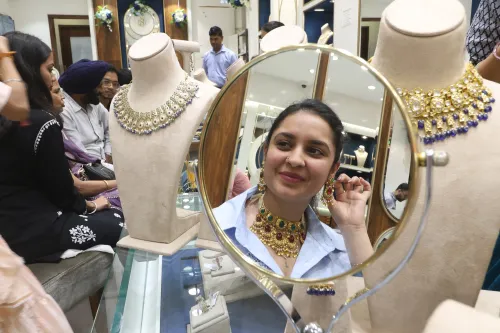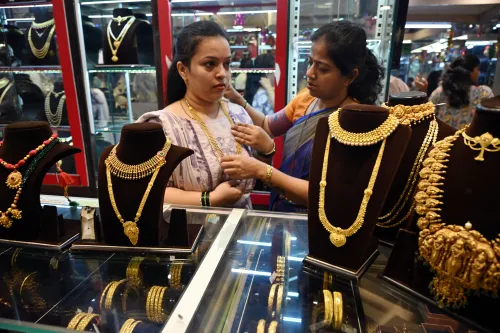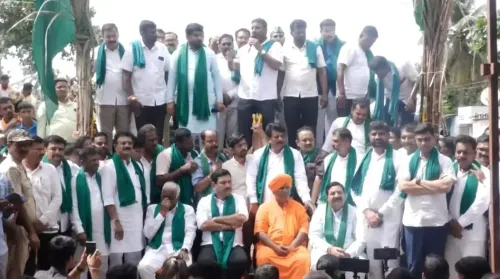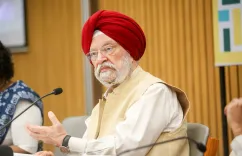Will the Bronco Test Revolutionize Athlete Evaluation?
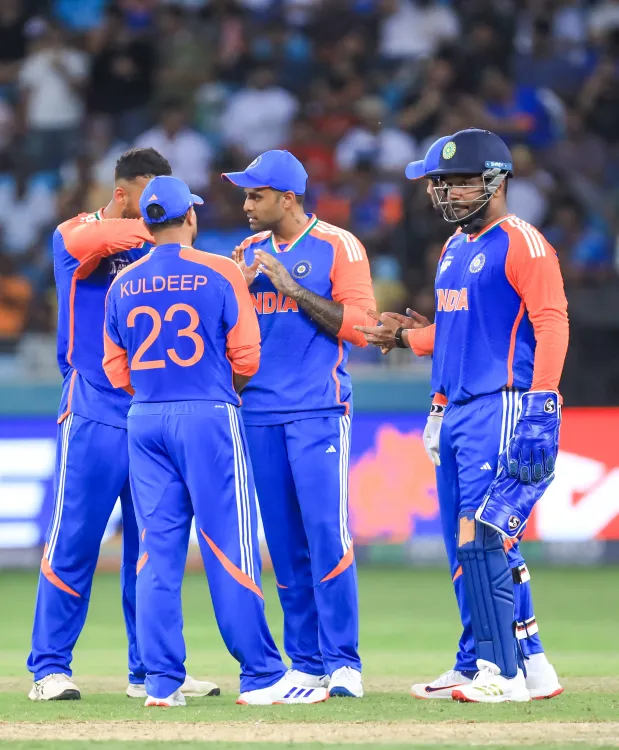
Synopsis
Key Takeaways
- The Bronco Test is set to enhance athlete evaluations in cricket.
- Technology plays a crucial role in injury management and athlete performance.
- Learning from other sports can benefit cricket.
- Recovery practices are becoming integral to athlete performance.
- Growth in sports science is positively influencing athlete support in India.
New Delhi, Sep 13 (NationPress) John Gloster, the former physio of the Indian cricket team, has praised the introduction of the high-intensity Bronco Test for assessing players in the men's squad, stating that it will lead to precise evaluations of athletes. Recently, the BCCI shared a video on their social media platforms where current S&C coach Adrian le Roux discussed its advantages for the players in the present setup.
“I love it. I think it's a really good test. I think it's a great test. As I mentioned, I've implemented it at Rajasthan Royals for many years to not only assess our athletes but also to train them. Given that cricket is now a speed-based, power-focused sport, this test significantly aids in accurately evaluating our athletes through that testing mechanism,” Gloster shared in an interview with IANS during the PlayCom 2025 summit on Saturday.
Emphasizing that cricket can gain insights from other sports, Gloster, who is the head physio of Rajasthan Royals in the IPL, revealed that he has utilized the Bronco Test to evaluate players in the ten-team T20 league.
“You may have heard about the Bronco Test being adopted by the BCCI, which we've been using for a long time in the IPL. It's derived from another sport because we believe it will enhance our cricket performance,” he added.
Gloster, who served as the physio for India’s national team in the early 2000s, believes that technology plays a significant role in managing injuries, especially as cricket is now played year-round.
“Technology is crucial for us, particularly in cricket, where I utilize it for load monitoring, athlete management systems, and data tracking. We're monitoring through wearables, gathering insights about athletes, from heart rate variability to sleep patterns.”
“For us, it's all about gaining deeper insights. The more I understand about you, the better I can assist you. Technology is foundational in our elite sports practices. Without it, we lack the necessary insights. India stands as a leading tech nation, and I'm proud that we've integrated it into sports and are using it more efficiently.”
“I believe technology will be a vital ally in monitoring load, forces, health, wellness, and recovery. We are improving our recovery practices, which is now viewed as a key factor in enhancing performance.”
“Delving deeper into recovery has become a major focus for us, not just in cricket but across all sports. We must remain open to technological advancements and examine other sports that can guide us in developing cricket and elevating its performance standards in the country,” he elaborated.
Gloster also noted the significant evolution of sports science and injury management in India. “It has improved rapidly, thankfully. When I first arrived 21 years ago, the scene was quite different—underappreciated, lacking acknowledgment, and severely limited in resources.”
“Now, we're witnessing an increase in professionals, particularly in my field of sports physio, sports science, and sports medicine, who are building a supportive ecosystem for our athletes and the wider community in India.”
“Fortunately, we can now confidently assert that we are developing a robust support system, albeit there's still a long journey ahead.”
He concluded by discussing his work with Indian athletes beyond cricket, particularly assisting 11 athletes leading up to the Tokyo Olympics. “This has become my passion. I am committed to enhancing the sports education framework to involve more children in sports through our PE structure in schools.”
“On the other end of the spectrum, I work with our Olympic athletes and Paralympians through my collaboration with Go Sports Foundation, enabling me to support some of the world's top athletes outside of cricket.”
“It fills me with immense joy to witness these athletes thrive despite limited support, and I find it exciting that as we bolster support for these athletes, we will see more of them on national and international podiums.”

